$39.97 Original price was: $39.97.$27.98Current price is: $27.98.
SKU: D2LSC 3620512454 Category: FRAGRANT PLANTS
- Secure Shopping Starts with Safe Payments
- Effortless solutions, excellent customer care.
- Multiple payment methods, safe and reliable
- 7 days free returns

Hillier Porcelain Blue Corydalis
Corydalis flexuosa ‘Porcelain Blue’
Other Names: Fumewort ‘Porcelain Blue’, Blue Fumewort
Plant Details
USDA Plant Hardiness Zones: 5a-9b Find Your Zone
Plant Type: Perennial
Height at Maturity: 10-12″
Width at Maturity: 12″
Spacing: 10″ for mass plantings, 24″+ for space between plants
Spacing: 10″ for mass plantings, 24″+ for space between plants
Growth Habit / Form: Compact Mound
Growth Rate: Moderate
Flower Color: Vivid Aqua Blue
Flower Size: 1-2″ in Clusters
Flowering Period: Late Spring to Fall
Flower Type: Single, Tubular-shaped
Fragrant Flowers: No
Foliage Color: Blue-Green (Bronze during summer in hot climates)
Fragrant Foliage: Yes, Honey-like
Berries: No
Berry Color: NA
Sun Needs: Part to Full Shade, Morning Sun with Afternoon Shade, All-Day Dappled Shade
Water Needs: Average
Soil Type: Clay (amend heavy clay to ensure good drainage), Loam, Sand (amend quick draining soil to retain moisture), Silt; prefers organic rich soil
Soil Moisture / Drainage: Moist but Well-Drained
Soil pH: 6.5 – 8.0 (Moderately Acid to Slightly Alkaline)
Maintenance / Care: Low to Moderate
Attracts: Butterflies, Hummingbirds, Visual Attention
Resistances: Cold Temperatures (-30F / Zones 4-9), Deer, Full Shade
Description
An enchanting woodland perennial plant with flowers like no other, the Hillier Porcelain Blue Corydalis features a low mound of finely-cut blue-green foliage from which rises abundant clusters of dangling, vibrant aqua-blue flowers in spring repeating through summer and into fall. The honey scented tubular flowers are irresistible to butterflies and hummingbirds. Unlike other Corydalis, Hiller Porcelain Blue does not go dormant during summer. Foliage may take on a bronze cast during the heat of summer. Great for garden beds or containers in part shade to shade. One of those plants that will always have you looking forward to its bloom.
Landscape / Garden Uses
Growing 10 to 12 inches tall and 10 to 12 inches wide, Hillier’s Porcelain Blue Corydalis is ideal for use as an accent in shady small garden spaces or in groupings as a border in garden beds or along paths and walkways. Also excellent as a solo or combined with other plants in containers. A fine addition to shady woodland gardens, butterfly gardens, hummingbird gardens, blue theme gardens, cottage gardens, and perennial shade gardens.
In garden beds or containers, we like to combine Corydalis plants with Heuchera or Heucherella varieties, hosta lilies, perennial ferns and other part shade to shade loving plants and trees.
Suggested Spacing: 10 inches apart for mass plantings; 24 inches or more apart for space between plants
How To Measure Total Square Feet Of A Planting Area
How Many Plants Needed To Cover A Planting Area?
Growing Preferences
Corydalis are easy to grow in a consistently moist but well-drained soil of average fertility in shade to part shade. Some morning and evening sun is okay but avoid direct afternoon direct sun. Though it likers a consistently moist soil, as with so many other types of plants, it does not like a constantly wet or soggy soil. Plant with the top of the root ball even with ground level. Care and maintenance are minimal. Feed in spring with an organic plant food. No pruning necessary.
Plant Long & Prosper!
Meet The Wilson Brothers & Staff
Questions? Contact Us!
Be the first to review “Hillier Porcelain Blue Corydalis – 1 Gallon Pot” Cancel reply
Related products
Sale!
FRAGRANT PLANTS
Sale!
FRAGRANT PLANTS
Sale!
FRAGRANT PLANTS
Queen Of The Prairie Hollow Stem Joe Pye Weed – 1 Gallon Pot
Sale!
FRAGRANT PLANTS
Sale!
Sale!
FRAGRANT PLANTS
Sale!
FRAGRANT PLANTS
Sale!
FRAGRANT PLANTS
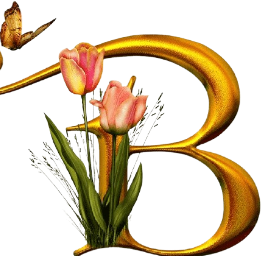
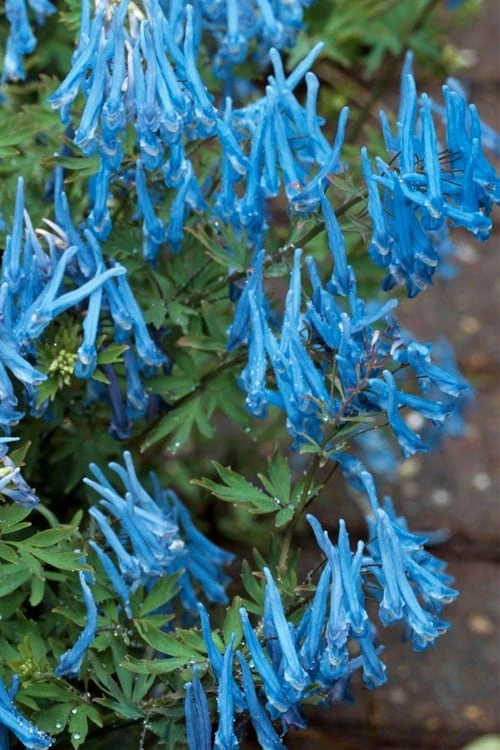
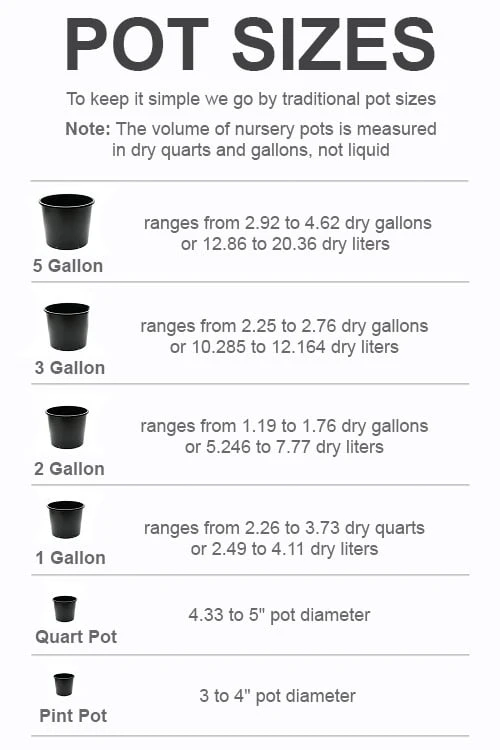
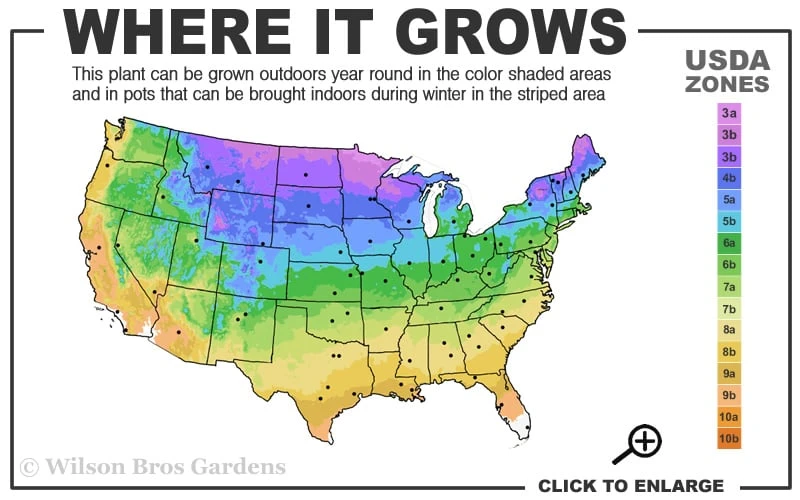

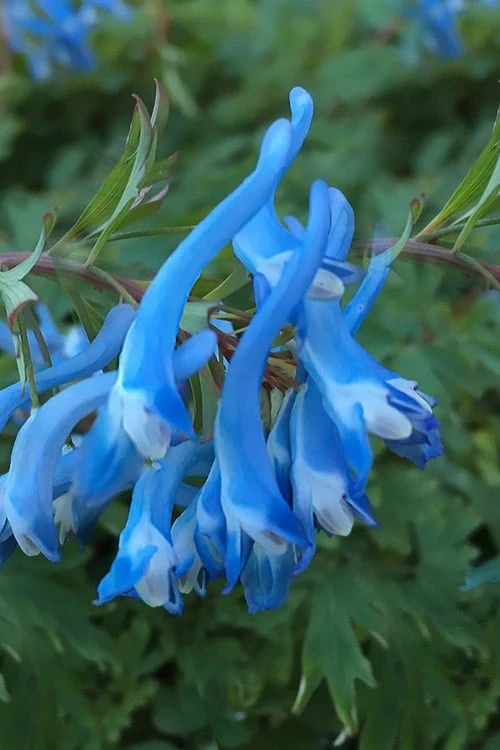

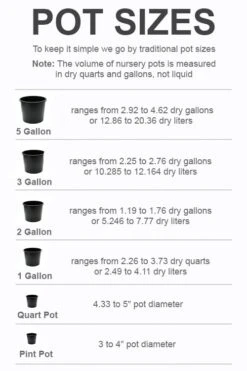
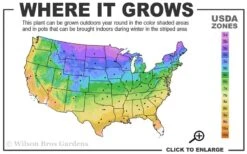
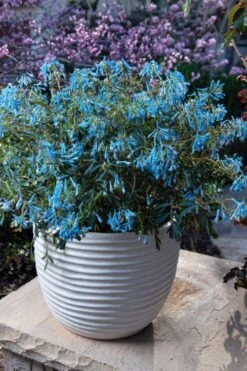
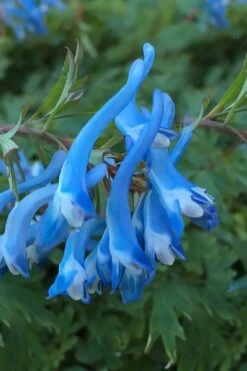
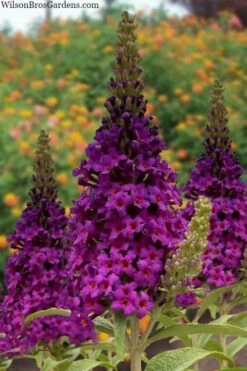
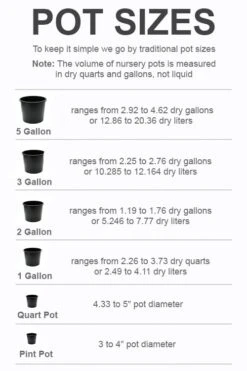


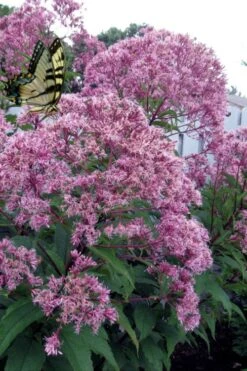
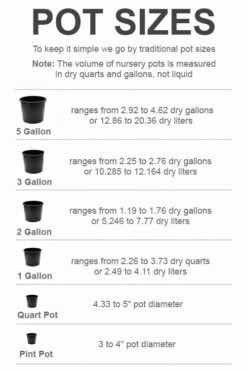
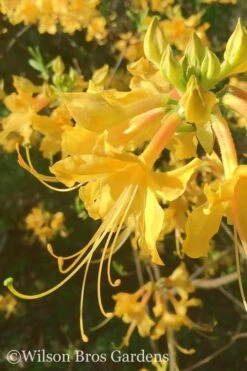


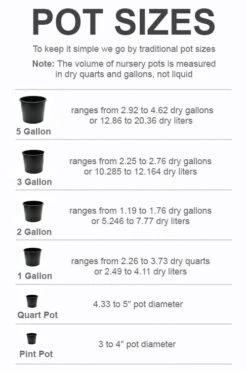
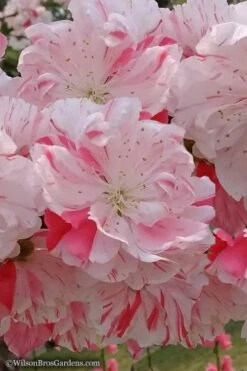

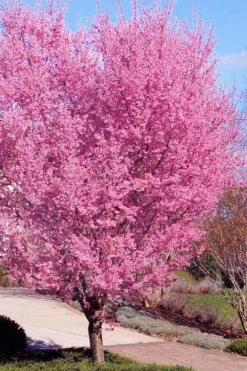
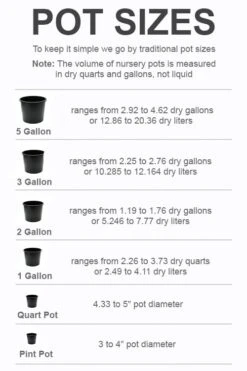

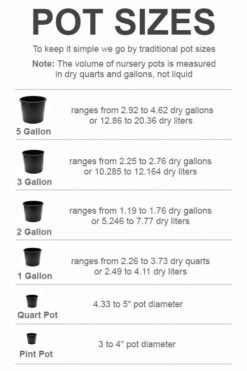
Reviews
There are no reviews yet.